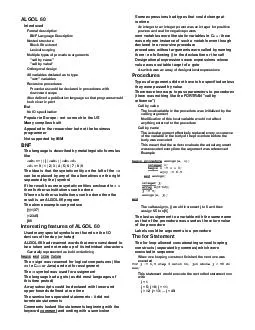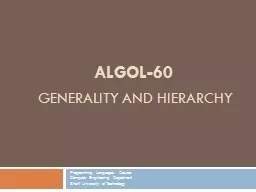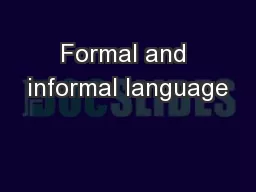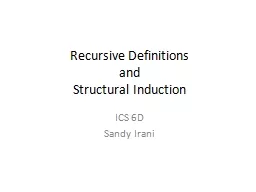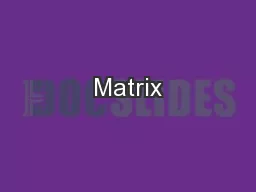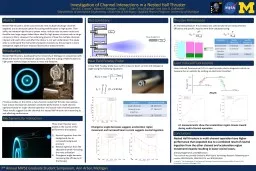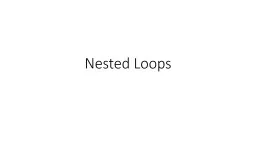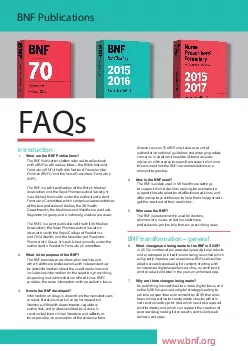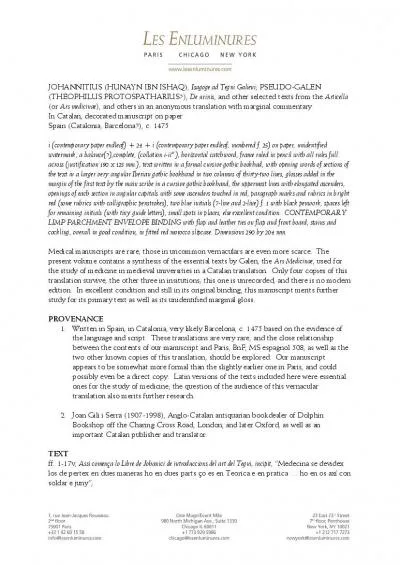PDF-ALGOL 60 Introduced Formal description BNF Language Description Nested
Author : phoebe-click | Published Date : 2016-05-27
Burroughs 5500 Computer A zero address machine Operands were on a stack and results returned to the stack Available with two processors Designed to facilitate running
Presentation Embed Code
Download Presentation
Download Presentation The PPT/PDF document "ALGOL 60 Introduced Formal description B..." is the property of its rightful owner. Permission is granted to download and print the materials on this website for personal, non-commercial use only, and to display it on your personal computer provided you do not modify the materials and that you retain all copyright notices contained in the materials. By downloading content from our website, you accept the terms of this agreement.
ALGOL 60 Introduced Formal description BNF Language Description Nested: Transcript
Download Rules Of Document
"ALGOL 60 Introduced Formal description BNF Language Description Nested"The content belongs to its owner. You may download and print it for personal use, without modification, and keep all copyright notices. By downloading, you agree to these terms.
Related Documents

